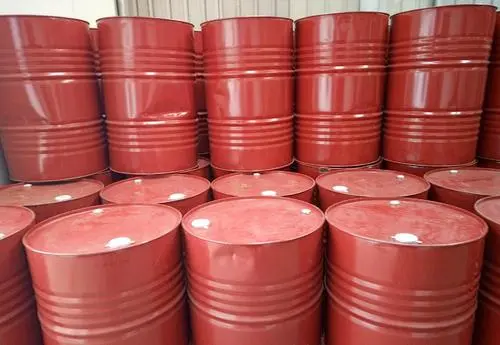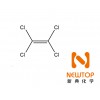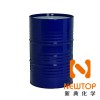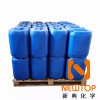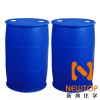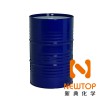I recycle high-priced stocks of dyes, pigments, paints, resins, BYK leveling agents, defoamers, dispersants, paints and inks, UV absorbers, light stabilizers, initiators, color masterbatches, white carbon black; recycled emulsifiers , Surfactant; recycled polyether polyol, cold spray zinc paint, zinc silicate paint, isocyanate HDI, TDI, MDI, polyurea paint, ethyl silicate. Recovery of white oil, soybean oil, castor oil, turpentine, glycerin, silicone oil, motor oil, hydraulic oil; resorcinol, hydroquinone, antimony trioxide; recovery of pesticides, and intermediates;
Recovery of urotropine sodium alginate, phenoxy resin, epoxy curing agent, UV resin chlorovinyl resin, chloroether resin, epoxy resin, epoxy curing agent fluorocarbon resin, terpene resin, phenol resin, acrylic resin, Alkyd resin, rosin resin, petroleum resin, silicone resin, polyamide resin, amino resin, polyvinyl chloride resin, sodium hypophosphite;
Recovery of toluene, xylene, dipropylene glycol methyl ether, isopropanol, aromatic hydrocarbon solvents: iodine, potassium iodide, rosin, zinc, calcium, barium and cadmium stearate, recovery of palm wax, paraffin wax, hot melt adhesive, pressure sensitive adhesive, various rubbers , Anti-aging agent, accelerator, recycled guar gum, polyvinyl alcohol, cellulose, polyacrylamide, starch, latex powder, phthalic anhydride, maleic anhydride, copper gold powder, zinc powder, silver powder, aluminum silver paste, nickel sulfate;

Adverse reactions
Recycled powder, recycled stearic acid, myristic acid, palmitic acid, cinnamic acid, lauric acid, niacin, phosphoric acid, glacial acetic acid, solid coupling agent, white mineral oil, liquid paraffin, fully semi-refined paraffin, plastic PP, PE, PA, EVA, granular TPU granules, nickel sulfate, nickel chloride, nickel acetate, nickel, zinc powder, chromic anhydride, urotropine, potassium sodium tartrate, green chromium, chromium trichloride, bleaching agent, boric acid , Thiourea, sodium benzoate, caustic soda, soda ash, trisodium phosphate, baking soda, recovery of various oily flavors, lemon oil, jasmine oil, rose oil, geranium oil, fennel oil, spearmint oil, whitening agent, Film, caustic soda, printing paste, nickel mesh, various vanillin essential oils, menthol, natural borneol potassium iodide, etc. Intermediaries are paid
3 Good durability: no dialysis, no volatilization, no migration or extraction by water; polyol fatty acid esters are mainly esterified or transesterified through fatty acids and fatty acid esters and polyols such as glycerol, sorbitol, sucrose, etc. The major problem of reaction preparation is that the selectivity of the reaction is poor. The product is usually a mixture of fatty acid monoesters, diesters or even polyesters. It is more difficult to obtain monoesters with higher purity, and complicated separation and purification are usually required. For example, in 2017, the industrial production of fatty acid monoglycerides mainly adopted the glycerolysis method, which is made by glycerol and animal and vegetable oils under the conditions of high temperature 220-260°C and the presence of alkali catalysts. The reaction temperature is high, energy consumption is large, and side reactions are many. The resulting product is a mixture of fatty acid monoglycerides, diglycerides and triglycerides, and the content of monoesters is generally about 50%. If you want high-purity fatty acid monoglycerides, molecular distillation needs to be used for separation and purification, and molecularly distilled monoglycerides with higher purity. For sucrose with 8 free radicals, the reaction is more complicated. Theoretically, it can react with multiple fatty acids to form esterification products from monoester to octaester, generally a mixture of monoester, diester and triester. Therefore, the key to the preparation of such food emulsifiers lies in the selectivity of the reaction. In recent years, enzymes, as a kind of highly specific biocatalysts, have adopted the enzymatic method to synthesize polyol fatty acid ester food emulsifiers, which have the advantages of mild reaction conditions, high reaction selectivity, and safety. Therefore, scientists have been widely used focus on.
The company recycles thousands of chemical products. Our company promises to recycle them quickly, at a reasonable price, and with professional, safe and environmentally friendly methods. Welcome your calls and sincerely look forward to cooperating with you!

